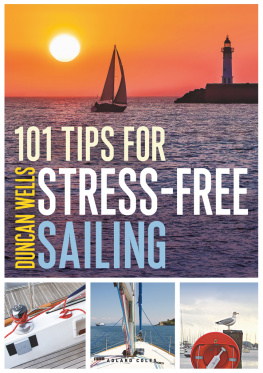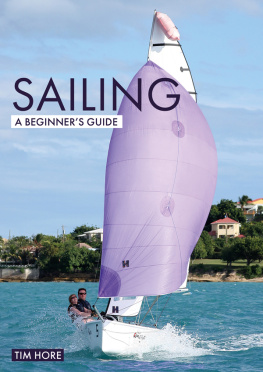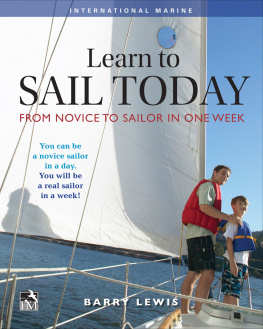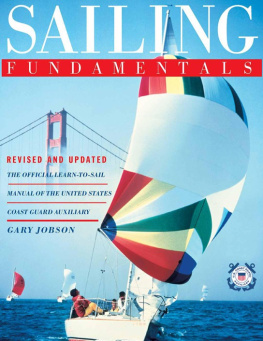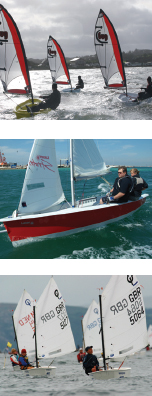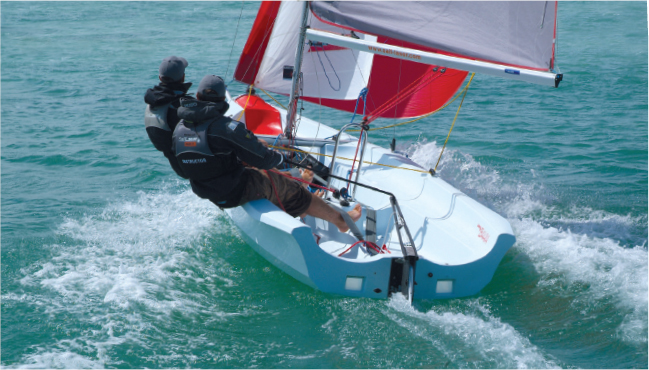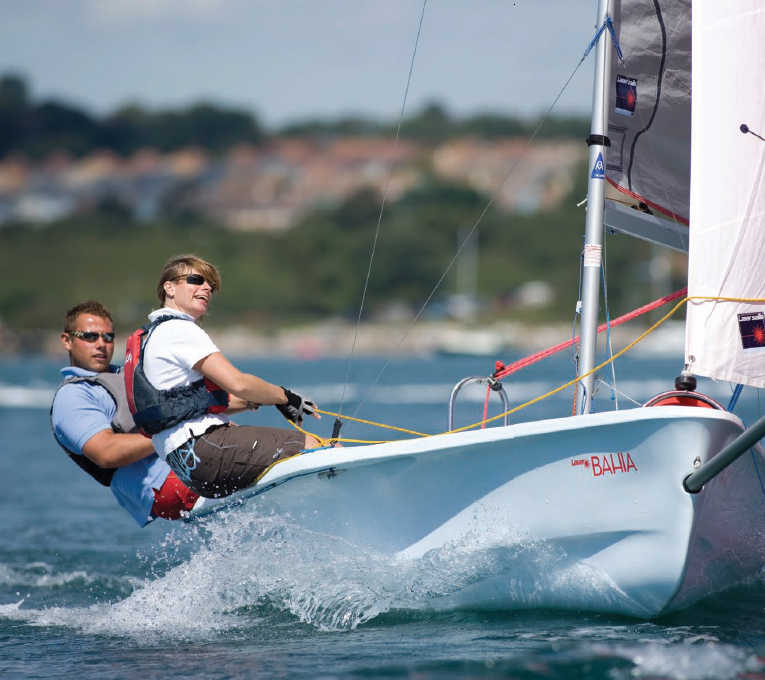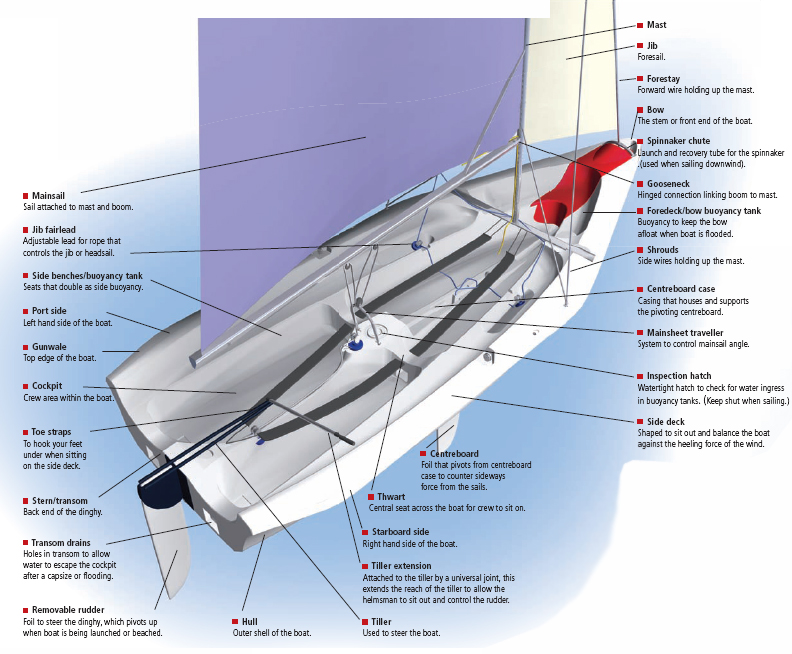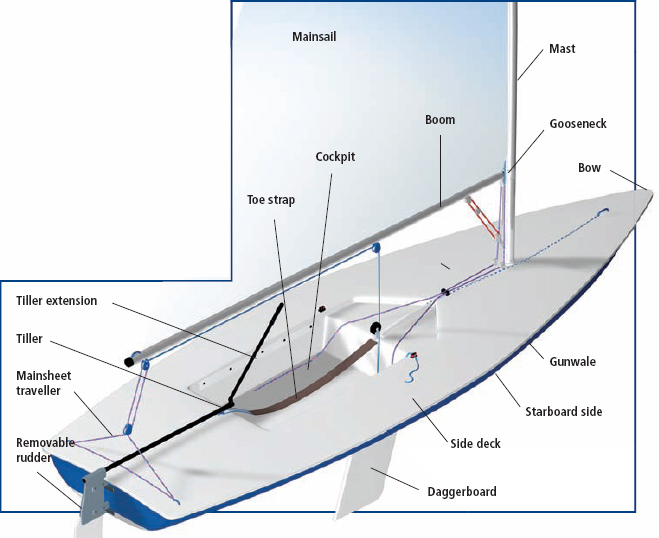Contents

Copyright 2009 Barry Pickthall
Published by John Wiley & Sons Ltd
The Atrium, Southern Gate, Chichester, West Sussex PO19 8SQ, England
Telephone (+44) 1243 779777
Email (for orders and customer service enquiries):
Visit our Home Page on www.wiley.com
All Rights Reserved. No part of this publication may be reproduced, stored in a retrieval system or transmitted in any form or by any means, electronic, mechanical, photocopying, recording, scanning or otherwise, except under the terms of the Copyright, Designs and Patents Act 1988 or under the terms of a licence issued by the Copyright Licensing Agency Ltd, 90 Tottenham Court Road, London W1T 4LP, UK, without the permission in writing of the Publisher. Requests to the Publisher should be addressed to the Permissions Department, John Wiley & Sons Ltd, The Atrium, Southern Gate, Chichester, West Sussex PO19 8SQ, England, or emailed to or faxed to (+44) 1243 770620.
Designations used by companies to distinguish their products are often claimed as trademarks. All brand names and product names used in this book are trade names, service marks, trademarks or registered trademarks of their respective owners. The Publisher is not associated with any product or vendor mentioned in this book.
This publication is designed to provide accurate and authoritative information in regard to the subject matter covered. It is sold on the understanding that the Publisher is not engaged in rendering professional services. If professional advice or other expert assistance is required, the services of a competent professional should be sought.
This sport has inherent risks and injuries could occur. Do not rely on this work as your only source of sports training information or advice. Do not attempt any of these activities without the proper professional supervision and safety equipment.
Other Wiley Editorial Offices
John Wiley & Sons Inc., 111 River Street, Hoboken, NJ 07030, USA
Jossey-Bass, 989 Market Street, San Francisco, CA 94103-1741, USA
Wiley-VCH Verlag GmbH, Boschstr. 12, D-69469 Weinheim, Germany
John Wiley & Sons Australia Ltd, 42 McDougall Street, Milton, Queensland 4064, Australia
John Wiley & Sons (Asia) Pte Ltd, 2 Clementi Loop #02-01, Jin Xing Distripark, Singapore 129809
John Wiley & Sons Canada Ltd, 6045 Freemont Blvd., Mississauga, Ontario, L5R 4J3, Canada
Wiley also publishes its books in a variety of electronic formats. Some content that appears in print may not be available in electronic books.
Library of Congress Cataloging-in-Publication Data
Pickthall, Barry.
Dinghy sailing: start to finish / Barry Pickthall.
p. cm.
Includes index.
ISBN 978-0-470-69754-2 (pbk.: alk. paper)
1. Dinghies. 2. Sailing. I. Title.
GV811.6.P53 2009
797.124dc22
2008047075
British Library Cataloguing in Publication Data
A catalogue record for this book is available from the British Library
ISBN: 978-0-470-69754-2
Getting started
I remember my introduction to sailing. My three young brothers and I and were on a family day out at Windsor, with a picnic by the river, watching people messing about in boats. Driving back home, we stopped at a garage to fill up, and my Dad, who was not normally prone to whims, spied this small sailing dinghy for sale on the forecourt and bought it!
What we knew collectively about sailing could have been written on a postage stamp. The nearest Dad had come to getting afloat before had been when he had got his feet wet during the D-Day landings. None of us had even been on a car ferry, let alone a boat. Yet this insignificant little dinghy was to have a life-defining effect on us all. I went on to spend my whole career reporting on watersports; Russell, my youngest brother, went on to become a sailmaker and winning crewmember of a Whitbread Round-the-World Race yacht; another became a professional boatbuilder, and the fourth joined the Royal Navy.
Sailing is like that. You either love it or loathe it. There are no half measures, and once bitten, you will never want to be far from the waters edge again.
Buying a boat on a whim is not the best start. What little knowledge we culled from buying a magazine soon told us that we had bought a dud, but we had great fun with her that first season exploring rivers and creeks. We also learned from experience what effect the pull of a weir can have on a boat, and the need to keep wine corks ready for when the boats bungs got left at home!
There are far better and more rational ways to start sailing. Enrol on an introductory dinghy course at the UKSA or similar sailing school.
If you are a junior, many sailing schools and clubs run fun introductory sailing courses during school holidays.
Visit local sailing clubs in your area, look at the various types of boat they sail and ask if anyone needs a crew invariably, someone will be short-handed. Then make a judgement on which club best meets your needs, join and learn the ropes there. Then, you can get experience and buy a class of boat that is sailed at the club at a later stage.
Sailing is a sport that is accessible to everyone from 5 to 95 and older. Disability is no handicap either. With audible compasses to guide the blind, sliding seats for paraplegics and wheelchair access or hoists now available on some yachts, everyone has the opportunity to get afloat. Go on, get your feet wet and give it a try.
Barry Pickthall
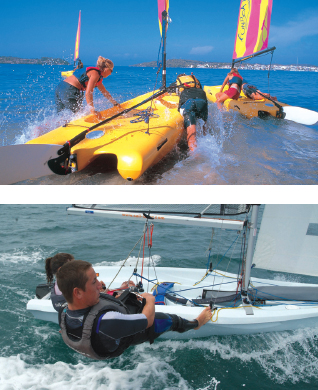
Basic principles
Parts of the boat
No need to get too bogged down with nautical terms at this stage, but it helps to know the various parts of a dinghy and what they do.
Built-in buoyancy
Buoyancy tanks (or inflatable bags) are designed to keep the dinghy afloat and on an even keel when capsized or flooded.
Parts of the boat
The rig
Modern dinghies are equipped either with a Bermuda rig, with jib and mainsail designed to interact like the slats of an aeroplane wing, or una rigged like the Laser single-hander.




